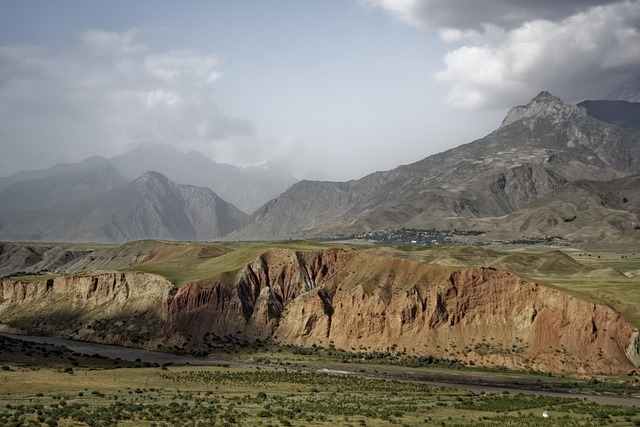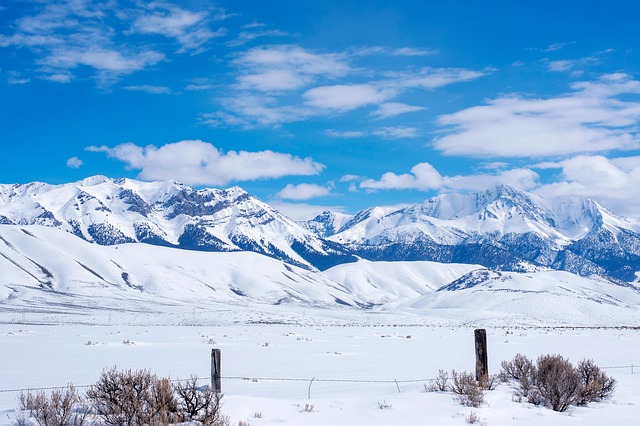Former foster care organization Valley Springs Youth Ranch, founded by W.E. Sears in Texas during the 1970s, has been exposed for a dark history of abuse, termed W.E. Sears Abuse, involving widespread physical, emotional, and sexual mistreatment of children under Sears' leadership. Survivors advocate for justice, accountability, and a formal apology to bring closure to their traumatic experiences.
Survivors of alleged abuse at Valley Springs Youth Ranch are coming forward to seek justice and healing. Once a place intended for care and guidance, the ranch is now shrouded in controversy due to the actions of its former leader, W.E. Sears. The community is grappling with the aftermath of reported physical and emotional abuse, with survivors bearing the brunt of these heinous acts. This article delves into the dark history of Valley Springs Youth Ranch, the impact on victims, and their ongoing quest for accountability, shedding light on a journey towards justice.
- Uncovering the History of Valley Springs Youth Ranch and W.E. Sears
- – A brief overview of the ranch's establishment and purpose
- – The role of W.E. Sears and his influence on the ranch's operations
Uncovering the History of Valley Springs Youth Ranch and W.E. Sears

Valley Springs Youth Ranch, a once-reputable Christian foster care organization, has been at the center of a dark and disturbing history involving allegations of widespread abuse. Founded in the 1970s by W.E. Sears, the ranch was marketed as a haven for troubled youth, offering them a second chance at a healthy and nurturing environment. However, behind closed doors, it’s alleged that Sears and his staff subjected children to physical, emotional, and sexual abuse. The ranch’s isolation in a rural Texas community made it easier for these crimes to go undetected for years.
W.E. Sears, the founder and leader of Valley Springs Youth Ranch, was a controversial figure. He claimed divine authority and implemented strict, often severe, discipline methods. His peculiar beliefs and practices raised red flags among former residents who later shared their stories, painting a horrifying picture of life at the ranch. The revelation of these atrocities has brought to light the urgent need for justice and accountability, as survivors seek closure and ensure such abuses never go unaddressed again.
– A brief overview of the ranch's establishment and purpose

Valley Springs Youth Ranch, established by W.E. Sears in the heart of Texas, was envisioned as a haven for at-risk youth, offering them a second chance and a path to a brighter future. The ranch aimed to provide a therapeutic environment, where young people could heal from past traumas and learn valuable life skills. However, what should have been a sanctuary quickly turned into a nightmare for many residents who later revealed shocking accounts of abuse.
The ranch’s reputation as a place for rehabilitation and personal growth was starkly contrasted by the experiences shared by survivors, who described a culture of fear and mistreatment. The W.E. Sears Abuse, as it came to be known, involved physical, emotional, and sexual abuse at the hands of staff members, leaving profound scars on those who endured it. Survivors are now advocating for justice, seeking accountability and a formal apology from the ranch’s descendants, hoping to bring closure to their traumatic pasts.
– The role of W.E. Sears and his influence on the ranch's operations

The Valley Springs Youth Ranch, a once-idyllic setting for at-risk youth, became a focal point for widespread abuse under the leadership of W.E. Sears. As the ranch’s primary figure, Sears wielded significant influence over its operations and the well-being of the young residents. His role extended beyond that of a caretaker; he was the architect of a system that prioritized his control and power, often at the expense of the vulnerable children in his care.
The impact of Sears’ reign was profound, leaving deep scars on many survivors who experienced physical, emotional, and psychological abuse while residing at the ranch. His manipulation and exploitation within the Valley Springs Youth Ranch setting set a disturbing precedent for what would later be recognized as a pattern of abusive behavior, shaping the narratives of those who sought justice years afterward.
Many years after the dark events at Valley Springs Youth Ranch, survivors continue their quest for justice and accountability. The legacy of W.E. Sears’ reign still lingers, but through their collective voices, survivors are bringing light to the abuse they endured. By unearthing historical truths, they hope to ensure that such atrocities never go unnoticed or unaddressed again, fostering a culture of transparency and healing within communities worldwide.
